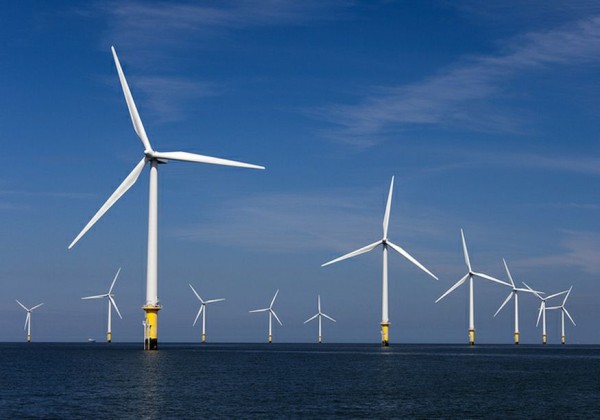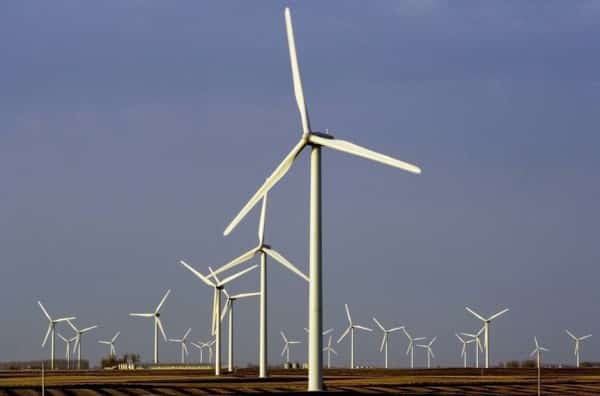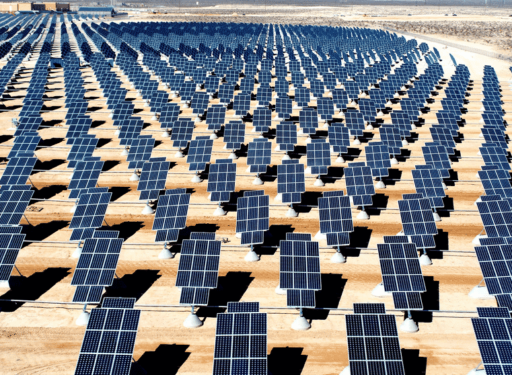Recently, researchers at the University of Delaware and Stanford University’s School of Engineering have created a model to determine just how much energy could be harvested with wind turbines at multiple elevations. They revealed a report on Monday, September 10, that there is enough energy available in winds to meet all of the world’s demand.
According to the sophisticated weather model of Mark Z. Jacobson and Cristina L. Archer, there is not only plenty of wind over land and near to shore to provide half the world’s power, but there is enough to exceed the total demand by several times, even after accounting for reductions in wind speed caused by turbines.
Jacobson and Archer adapted GATOR-GCMOM, a three-dimensional, atmosphere-ocean-land computer model to calculate the theoretical maximum wind power potential on the planet. According to their study each turbine grabs too much wind energy from other turbines and therefore introduce harmful climate consequences. But the two researchers’ computer model was able to separate winds in the atmosphere and restore them into hypothetical boxes. Later the researchers exposed individual turbines to winds from several boxes. They calculated the exposure of each wind turbine in the model to winds. Besides the turbines have the ability to calculated the effect of these wind speed changes on global temperatures, moisture, clouds and climate.
Archer said, “Each turbine reduces the amount of energy available for others. The reduction, however, becomes significant only when large numbers of turbines are installed, many more than would ever be needed. And that’s the point that was very important for us to find.”
Archer and Jacobson’s model proved that 4 million turbines where each can operate at a height of 100 meters and produce 5 megawatts of power could supply 7.5 terawatts of power. But calculation says, in 2030, the world needs about 5.75 terawatts to fulfill half the world’s power demand. This clearly proves that there is enough energy available in winds that can provide half the world’s all-purpose power demand without occurring significant negative affect on the climate.
Mark Z. Jacobson and Cristina Archer’s findings were published in the Proceedings of the National Academy of Sciences (PNAS) on September 10. For more, you can either head over to Proceedings of the National Academy of Sciences (PNAS), or Stanford University’s School of Engineering
Source : Stanford University’s School of Engineering, Proceedings of the National Academy of Sciences (PNAS)
Thanks To : Lawrence Livermore National Laboratory
[ttjad keyword=”solar-device”]





